Back in 2021, Paltrow spoke to Vogue in her Life in Looks instalment, where she shed light on the costuming of Great Expectations and shared more details on what became one of cinema’s most iconic looks.
“So, this is Great Expectations. This…
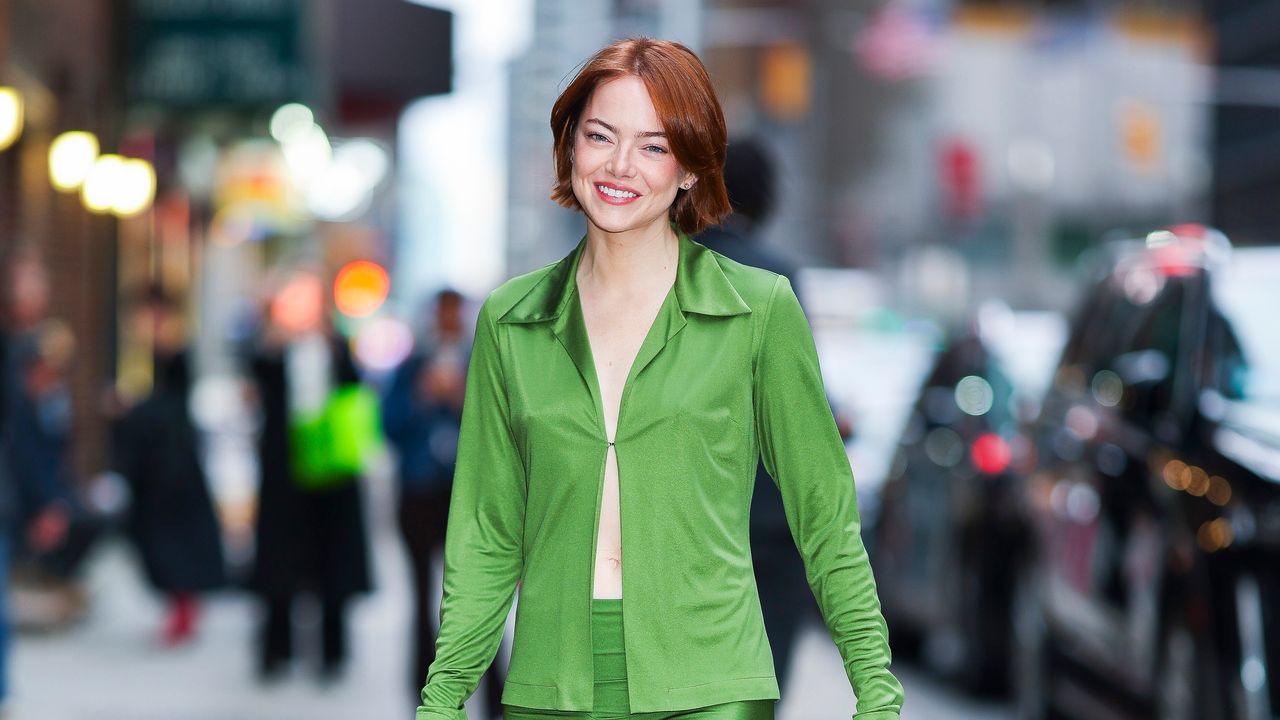
Back in 2021, Paltrow spoke to Vogue in her Life in Looks instalment, where she shed light on the costuming of Great Expectations and shared more details on what became one of cinema’s most iconic looks.
“So, this is Great Expectations. This…

Styled by Soki Mak, Kardashian also wore layers of silver cross pendants and chains as seen on the runway. On glam, Kardashian looked to Dimitris Giannetos for her sophisticated slickback bun, with bronzed makeup, and long black talon nails. The…
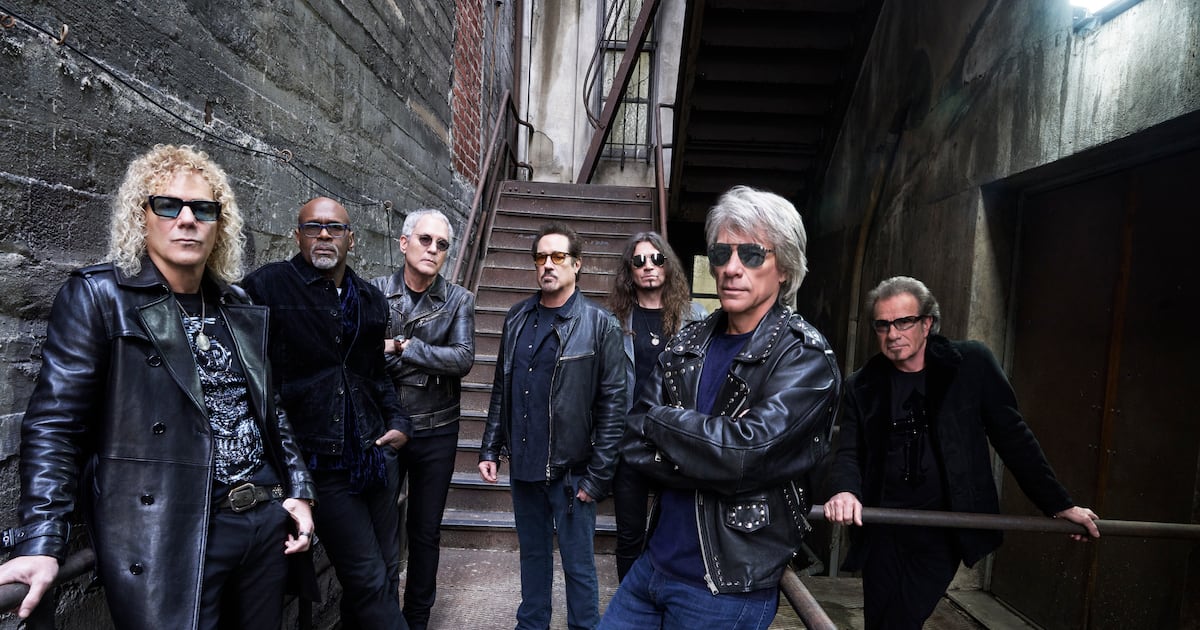
Bon Jovi are set to return to Ireland after six years as part of their 2026 summer tour.
The American rock band, known for their hit songs Livin’ On A Prayer, It’s My Life and You Give Love A Bad Name, will take to the stage in Croke Park next…
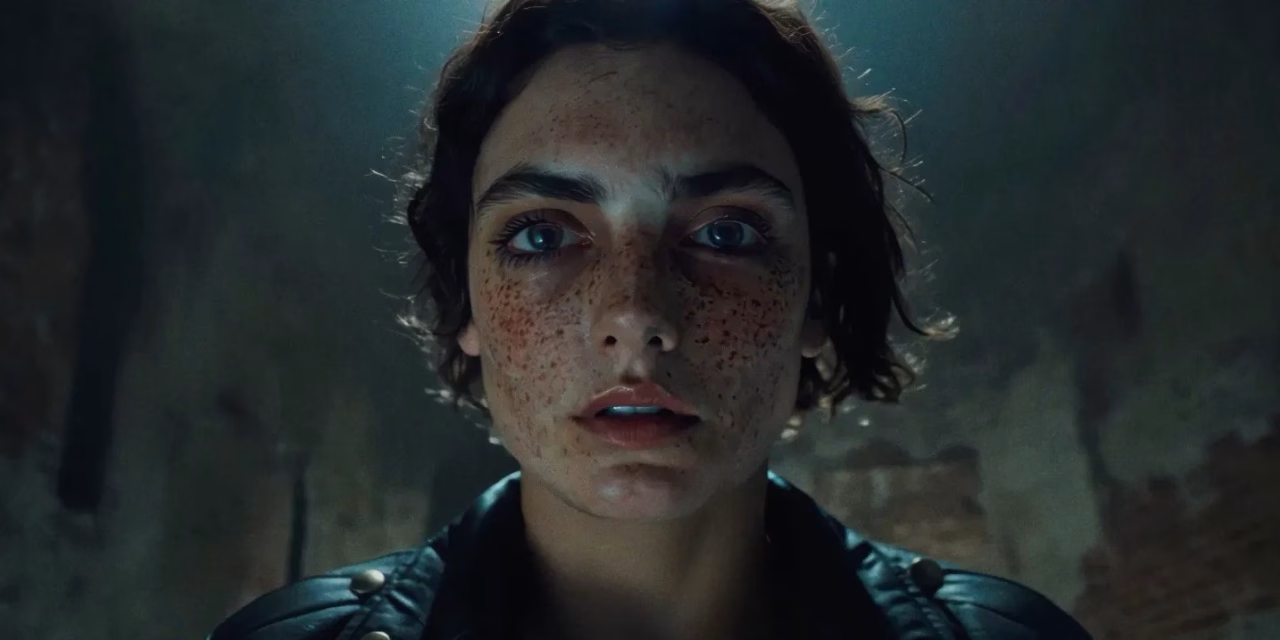
Wonder Studios, an artificial-intelligence creative studio backed by OpenAI and Google DeepMind executives, has raised $12 million in seed funding to expand its production amid a growing trend toward use of AI in the entertainment industry.
The…
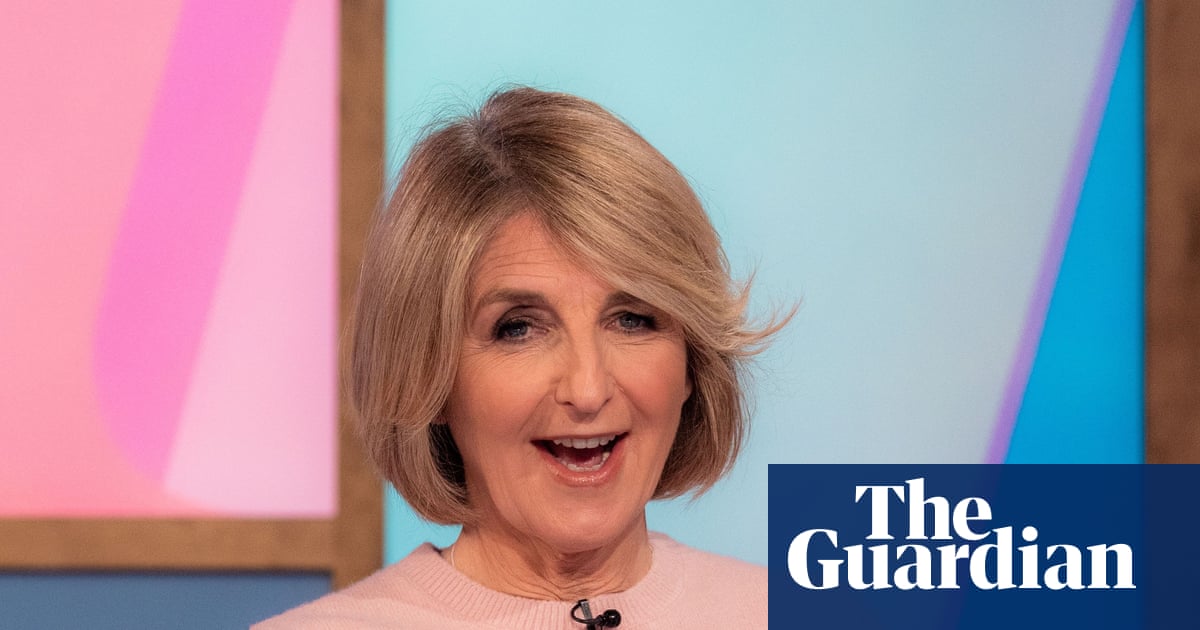
Award-winning broadcaster Kaye Adams has not had any complaints put to her more than two weeks after she was taken off air by BBC Radio Scotland.
BBC News reported that she had been taken off the programme after “a conduct complaint” but the…
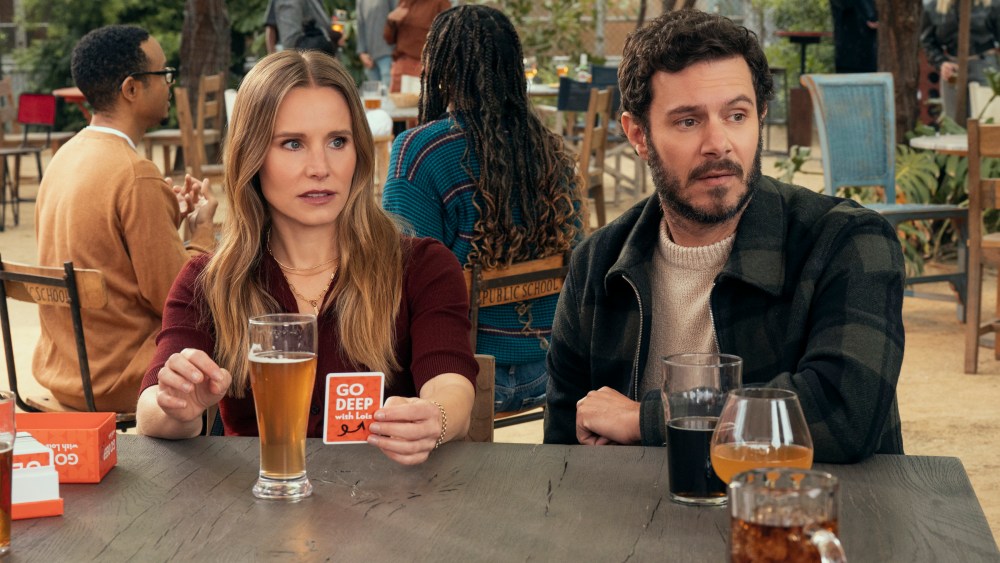
The soundtrack of the Netflix rom-com “Nobody Wants This” is positively littered with Top 40 hits. Season 2 features instantly recognizable syncs from Chappell Roan, Sabrina Carpenter and Charli XCX — songs deployed not for their…
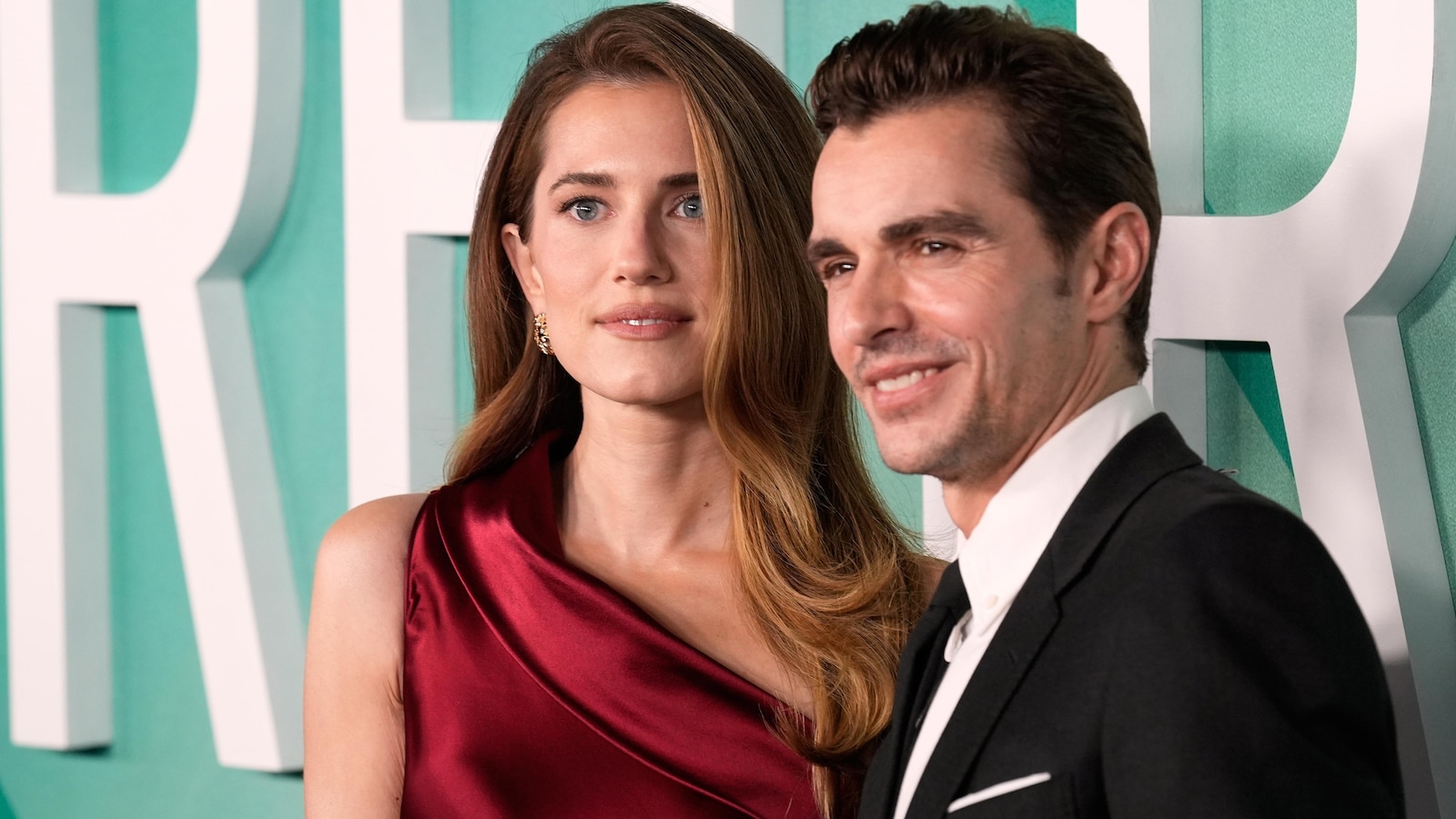
The plot of the new Colleen Hoover adaptation “Regretting You” is a little wild. There’s romance, an affair, unrequited love, death and even a baby with questionable paternity.
Dave Franco, whose character has long pined for Allison…
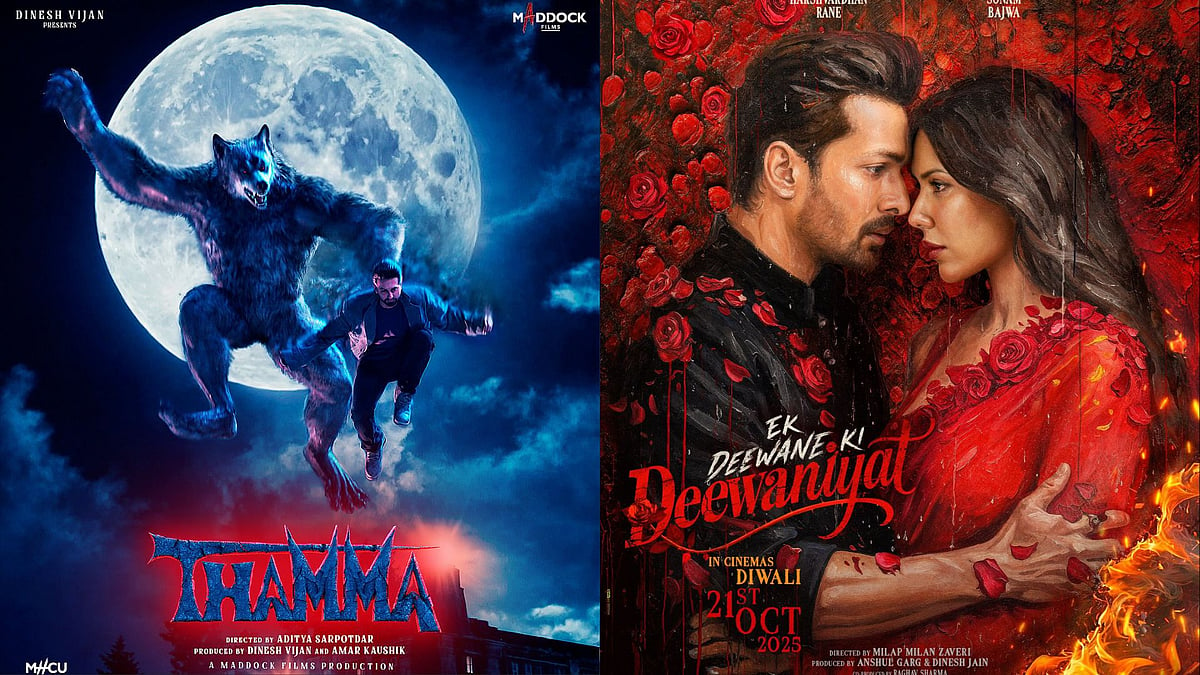
Film critic Taran Adarsh expects Thamma to cross the Rs 50-crore mark on Thursday. Despite a slight dip at some centres on Day 2 (Wednesday), the film’s robust evening and night show occupancies have helped offset the shortfall, he said on…
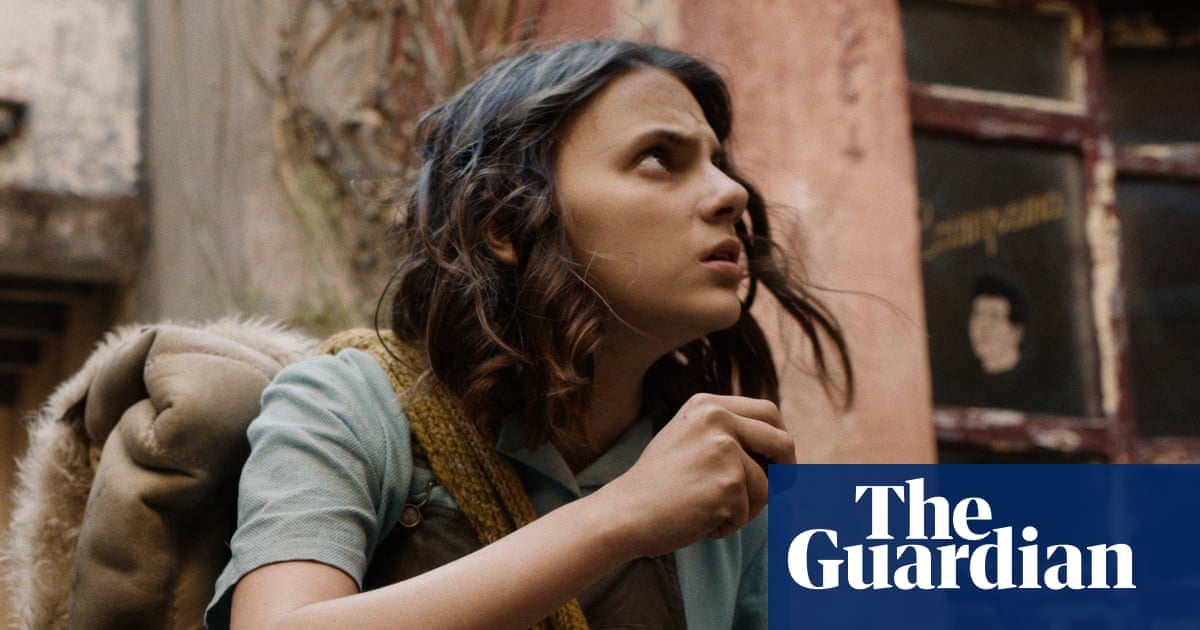
Things are falling apart in the final volume of The Book of Dust, the second of Philip Pullman’s magisterial trilogies set in a world that appears, here more than ever, as a charged and slanted version of our own. Institutions are failing, or…